Wilhelm Reuter (1768 Hildesheim - 1834 Berlin): Woman with scarf, 1818, LithographyTechnique: Lithography on PaperInscription: Monogrammed and dated in reverse in the centre top left: "WR 1818".Date: 1818Description: Wilhelm Reuter is one of the exceptional personalities of early 19th century art. Not only because he became involved with the then completely new lithography technique at a particularly early stage and recognised its potential, but also because he did this in a very unusual, today one would say modern way. Hardly any other artist has executed such individual works of art on stone, emphasising the individuality of the stroke. The group of three portraits of women shown here, all painted in 1818, exemplifies this claim. To depict the "spirit that reigns in a good drawing" was his self-declared aim. For the first time, lithography offered the possibility of drawing directly on the stone as freely as with a pen, pencil or brush, thus circumventing the resistance that every other printmaking technique offered the artist due to the material. This made it possible to create spontaneous works similar to drawings, which no longer had to imitate the crayon manner or aquatint. Reuter connects this technical development and the artistic spontaneity that went with it with the discursive basic idea of graphic art. The intimacy of the drawing should become accessible to others and spread far beyond the unique work. It so happens that he signed most of his lithographs and labelled them as finished works of art, although they retained their sketch character. For the first time in the history of printmaking, it was possible to transfer the peculiarity of the drawing into a reproducing medium, and no one used this as intensively as Wilhelm Reuter. He came into contact with the new technique, which Aloys Senefelder patented in Munich in 1798, at a very early stage and contributed to its wide dissemination by publishing the collection Polyautographische Zeichnungen vorzglicher Berliner Knstler in 1804. Only Benjamin West and Johann Heinrich Fssli in England were as intensively committed to dissemination as Reuter. He taught Karl Friedrich Schinkel, Karl Blechen, Franz Krger, Gottfried Schadow and Bonaventura Genelli the lithographic technique and won them over to his project. The true triumph of lithography went hand in hand with the democratisation of society. It offered the politically active citizen the ideal basis for using images and words to exert an unprecedented degree of influence. Honor Daumier's more than 4000 lithographs are only a small part of this democratic aspect of lithography, which Schadow already recognised when the technique was first developed: "With this newly discovered manner, which requires no more time than a drawing on paper, time and costs would be saved" and for Reuter, too, it succeeds so that "every drawing is original".Verso: the same motif printed againLiterature: Winkler, Friedrich: Die groen Zeichner; Berlin 1951. Cat. Rais. No.: 276. Keywords: 19th century, Biedermeier, Portraits, Germany, Size: 28,2 cm x 22,0 cm (11,1 x 8,7 in), Depiction: 18,6 cm x 15,3 cm (7,3 x 6 in)Condition: Good condition. Age-appropriate.
Wilhelm Reuter (1768 Hildesheim - 1834 Berlino): Donna con sciarpa, 1818, LitografiaTecnica: Litografia su cartaInscrizione: Monogrammato e datato al contrario al centro in alto a sinistra: "WR 1818".Data: 1818Descrizione: Wilhelm Reuter è una delle personalità eccezionali dell'arte del primo Ottocento. Non solo perché è stato coinvolto con la tecnica litografica, allora completamente nuova, in una fase particolarmente precoce e ha riconosciuto il suo potenziale, ma anche perché ha fatto questo in un modo molto insolito, oggi si direbbe moderno. Quasi nessun altro artista ha eseguito opere d'arte così individuali su pietra, sottolineando l'individualità del tratto. Il gruppo di tre ritratti di donne mostrato qui, tutti dipinti nel 1818, esemplifica questa affermazione. Ritrarre lo "spirito che regna in un buon disegno" era il suo obiettivo auto-dichiarato. Per la prima volta, la litografia offriva la possibilità di disegnare direttamente sulla pietra così liberamente come con una penna, una matita o un pennello, aggirando così la resistenza che ogni altra tecnica di stampa offriva all'artista a causa del materiale. Questo rese possibile la creazione di opere spontanee simili a disegni, che non dovevano più imitare la maniera del pastello o dell'acquatinta. Reuter collega questo sviluppo tecnico e la spontaneità artistica che lo accompagnava con l'idea discorsiva di base dell'arte grafica. L'intimità del disegno deve diventare accessibile agli altri e diffondersi ben oltre l'opera unica. Accadde che firmò la maggior parte delle sue litografie e le etichettò come opere d'arte finite, sebbene conservassero il loro carattere di schizzo. Per la prima volta nella storia della stampa, fu possibile trasferire la peculiarità del disegno in un mezzo di riproduzione, e nessuno lo utilizzò così intensamente come Wilhelm Reuter. Egli entrò molto presto in contatto con la nuova tecnica, che Aloys Senefelder brevettò a Monaco nel 1798, e contribuì alla sua ampia diffusione pubblicando nel 1804 la raccolta Polyautographische Zeichnungen vorzglicher Berliner Knstler. Solo Benjamin West e Johann Heinrich Fssli in Inghilterra si impegnarono così intensamente nella diffusione come Reuter. Insegnò a Karl Friedrich Schinkel, Karl Blechen, Franz Krger, Gottfried Schadow e Bonaventura Genelli la tecnica litografica e li conquistò al suo progetto. Il vero trionfo della litografia andò di pari passo con la democratizzazione della società. Offriva al cittadino politicamente attivo la base ideale per utilizzare immagini e parole per esercitare un'influenza senza precedenti. Le oltre 4000 litografie di Honor Daumier sono solo una piccola parte di questo aspetto democratico della litografia, che Schadow riconobbe già quando la tecnica fu sviluppata per la prima volta: "Con questo modo appena scoperto, che non richiede più tempo di un disegno su carta, si risparmierebbero tempo e costi" e anche per Reuter riesce così che "ogni disegno è originale".Verso: lo stesso motivo stampato di nuovoLetteratura: Winkler, Friedrich: Die groen Zeichner; Berlino 1951. Cat. Rais. No.: 276. Parole chiave: xIX secolo, Biedermeier, Ritratti, Germania, Dimensioni: 28,2 cm x 22,0 cm (11,1 x 8,7 in), Raffigurazione: 18,6 cm x 15,3 cm (7,3 x 6 in)Condizione: Buone condizioni. Adatta all'età.
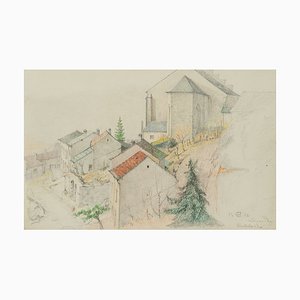
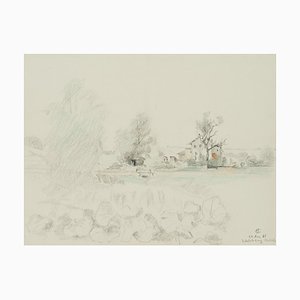
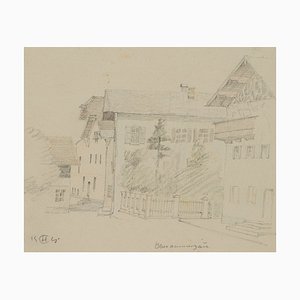
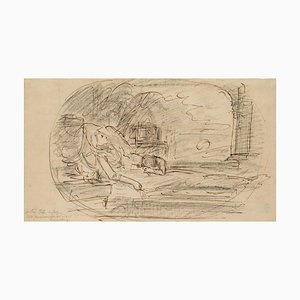

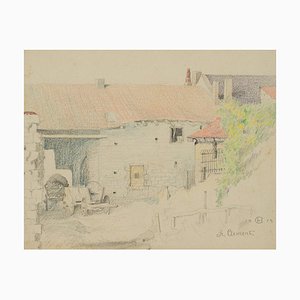
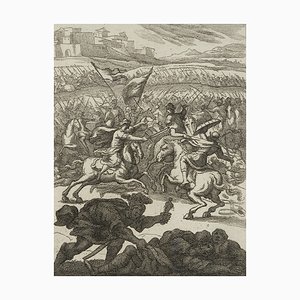
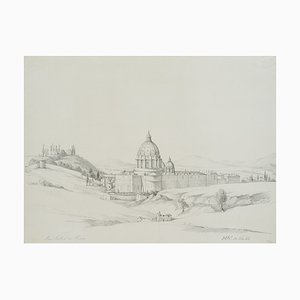
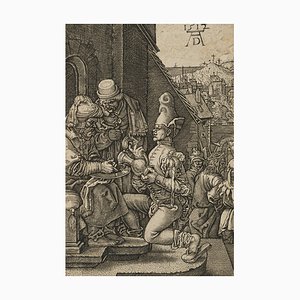
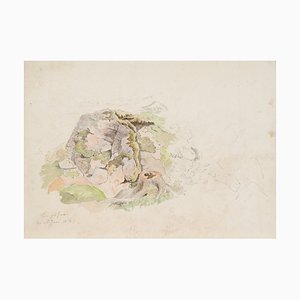

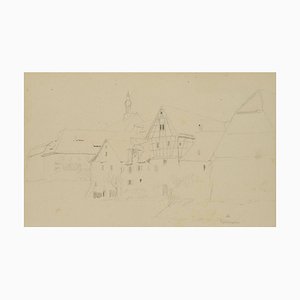
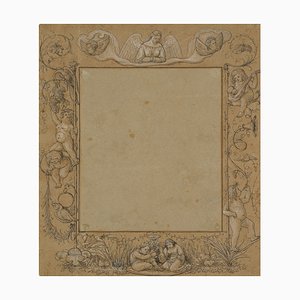
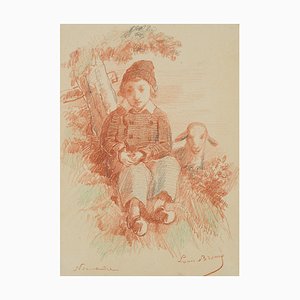
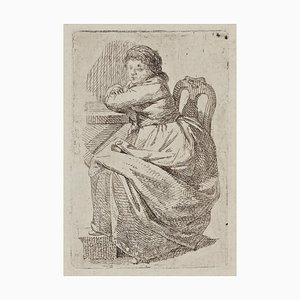

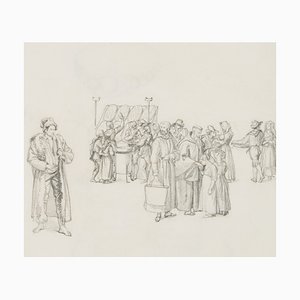
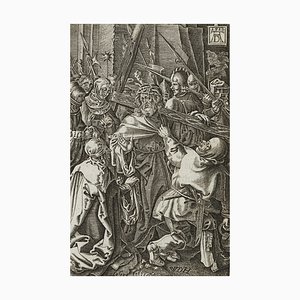
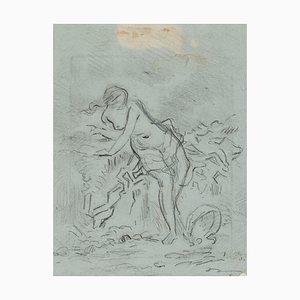

Contattaci
Fai un'offerta
Abbiamo notato che sei nuovo su Pamono!
Accetta i Termini e condizioni e l'Informativa sulla privacy
Contattaci
Fai un'offerta
Ci siamo quasi!
Per seguire la conversazione sulla piattaforma, si prega di completare la registrazione. Per procedere con la tua offerta sulla piattaforma, ti preghiamo di completare la registrazione.Successo
Grazie per la vostra richiesta, qualcuno del nostro team vi contatterà a breve.
Se sei un professionista del design, fai domanda qui per i vantaggi del Programma Commerciale di Pamono